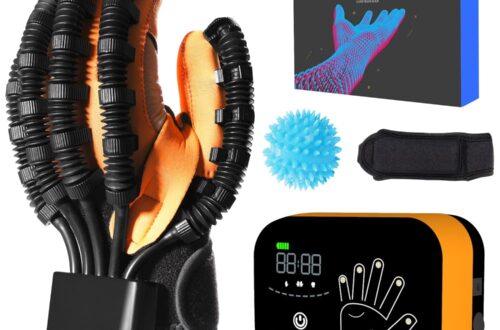Stroke survivors often face significant challenges in their journey towards recovery, with cognitive impairments being among the most impactful on their daily lives. Cognitive deficits can range from memory loss and attention difficulties to problem-solving and executive function disorders. To address these challenges, cognitive aids play a crucial role in rehabilitation and daily functioning, offering tools and strategies that enhance cognitive abilities and promote independence. This article delves into the world of cognitive aids, exploring their types, benefits, and how they can be integrated into the lives of stroke survivors.
Understanding Cognitive Aids
Cognitive aids are tools designed to assist individuals with cognitive impairments in completing tasks more efficiently and independently. These aids can be simple, low-tech items or sophisticated, high-tech devices, all aimed at compensating for cognitive deficits. By leveraging these aids, stroke survivors can manage their daily activities better, reduce frustration, and improve their overall quality of life.
Types of Cognitive Aids
- Memory Aids: These include notebooks, organizers, alarm watches, and electronic devices designed to help with remembering appointments, tasks, and important information. Apps that offer reminder functions and scheduling features are particularly useful for managing day-to-day activities.
- Attention Aids: Tools such as noise-canceling headphones or focus apps help minimize distractions, enabling individuals to concentrate better on tasks at hand. Structured environments and routine schedules also serve as attention aids, providing a predictable framework that enhances focus.
- Executive Function Aids: For challenges with planning, sequencing, and problem-solving, there are various apps and software that assist in breaking down tasks into manageable steps. Visual schedules and checklists can also aid in organizing tasks and prioritizing activities.
- Communication Aids: Stroke survivors facing difficulties with speech and language can benefit from communication boards, speech-generating devices, and language apps. These tools facilitate interaction with others, making social engagements less daunting.
- Navigation Aids: For those who experience disorientation or have trouble navigating spaces, GPS devices and navigation apps can be invaluable. They provide a sense of security when venturing outside familiar environments.
Integrating Cognitive Aids into Daily Life
The successful integration of cognitive aids into a stroke survivor’s life requires a personalized approach, often guided by occupational therapists or rehabilitation specialists. The process involves:
- Assessment: Evaluating the individual’s specific cognitive challenges and identifying areas where aids can be most beneficial.
- Selection: Choosing the right cognitive aids based on the individual’s needs, preferences, and technological comfort level.
- Training: Providing thorough instruction and practice in using the aids effectively.
- Adaptation: Adjusting the choice of aids as the individual’s needs change over time.
The Benefits of Cognitive Aids
Cognitive aids offer numerous benefits, including:
- Increased Independence: By compensating for cognitive deficits, these aids enable stroke survivors to perform daily tasks more independently.
- Reduced Caregiver Burden: As individuals gain more autonomy, the reliance on caregivers for day-to-day tasks decreases.
- Improved Confidence: Successfully managing activities with the help of cognitive aids boosts self-esteem and motivation.
- Enhanced Social Participation: Communication aids and other tools make social interactions more accessible, helping individuals re-engage with their community.




